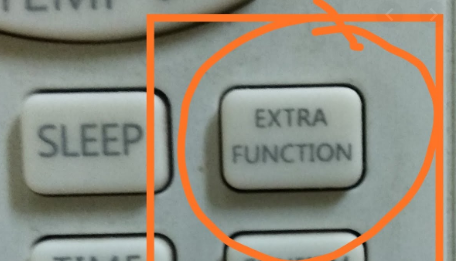Our agency focuses on creativity and innovation. From time to time we post interesting tidbits on creative thinking in general. But our real attention is the process of creating more business innovation examples from idea combination.

An idea is nothing more nor less than a new combination of old elements.
– James Webb Young
Here are some great innovation examples to stimulate thinking on this subject.
As background, our perspective on creativity and innovation is very simple. It is not about invention. Rather it is about collecting and connecting dots — bringing together two (or more) ideas to create an altogether new idea.
We live in the age of digital disruption, a time when businesses are challenged to adapt to significant transformation or die. That’s not an exaggeration in an era where many brands are both materializing and disappearing daily.
Technology is advancing faster than the new applications for it, and our competitors are innovating also at a rapid rate. So the need for new ideas and innovation is very intense, as survival depends on it.
Related: Does a Paradox on Innovation Design and Creativity Exist in Business?
We often think of innovation as inventing new things, but we may be smarter to think of it as recombining old ones. The truth is that important breakthroughs usually come from combining ideas from different domains. Often very different, sometimes weird ideas.
A recent example is the Apple ecosystem. There were plenty of digital music players around when Steve Jobs and Apple launched the iPod. Note he also combined his player with iTunes, which made the content both more accessible and palatable to music companies. He then threw new products into the mix – the i-Phone, i-Pad and now Siri – creating more combinations and even greater value.
Marrying ideas has been around for ages, quite literally. One of the greatest inventions of all? One contender is Johannes Gutenberg’s printing press. Before Gutenberg, all books had been copied by hand or stamped out with woodblocks.
Around 1450 in Strasbourg, Gutenberg combined two ideas to invent printing with moveable type. He coupled the flexibility of a coin punch with the power of a wine press. His invention enabled the production of books and the spread of knowledge and ideas throughout the Western World.
The secret to problem solving and innovation is curiosity. You generate lots of ideas to find the best of the best. By generating ideas you start by asking lots of questions. By being curious. By thinking widely and not discarding ideas too soon. By convergent thinking. All of which help us to better understand and define the changes we are looking for.
Are you looking for ways of generating more innovative ideas by combining 2 or more different ideas? Consider these areas to stimulate your thinking:
Changing business models
Business models are often neglected when considering new ideas for your business. They shouldn’t be. One of the best examples of an innovative business model is from Safelite Auto Glass. What’s innovative here you may be thinking? It’s simple. An auto glass repair business that comes to you for your repair. Saving you time and convenience. A value proposition and business model that is hard to top.
Another good example is eBay, reflecting a new model and application of supply, demand, and sales.
Partnerships
Nearly every new idea is a synthesis of other ideas. So a great way to generate ideas is to force combinational possibilities from collaboration and partnerships with other people of diverse professions and skills.

Get a diverse team together and brainstorm how you could mix and combine existing and new ideas together. Combine products with those from wildly different sources.
Combine products and services
This is an easy one to think about. Picture the smartphone product and then envision all the services this product provides by the millions of apps that the smartphone can provide. Absolutely mind-boggling, isn’t it?
Multi-use
Can you come up with new product ideas that have multiple uses? It doesn’t have to be complex. For example imagine a drill, with bits for multiple uses, such as a drill, sander, cleaner, screwdriver, etc.
Adding function to packaging
A simple example of this is the use of milk cartons to display missing persons’ picture and description details. Can you imagine a better place to get this kind of attention?
Extra function
What do you get when you combine a camcorder with an iPod? A digital camcorder that uses a hard drive rather than tape. Up to 7 hours of video on one hard drive. Plus you can do simple edits on the camera – like deleted scenes, even if they are in the middle of your “tape.”
